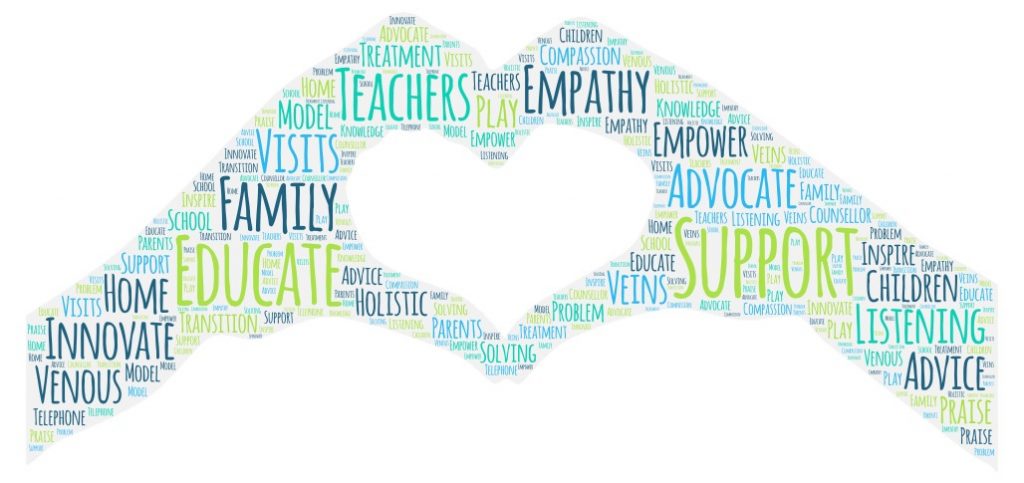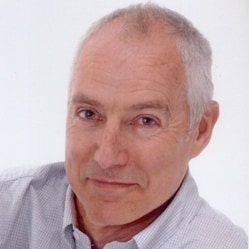Baby steps to a new world of treatment
With so much happening in haemophilia care these days, there’s no better way to catch up with the latest developments than to take part in an educational paediatric update event. Haemnet collaborated with Marie Eales and Sarah Poole from the Oxford Haemophilia Centre to develop this meeting, held in London on October 18. This provided an opportunity for nurses to share their experiences and discuss how to make the most of the new management options for children and young people.

Of course, the new option on everyone’s mind at the moment is emicizumab. Most nurses at the meeting had young patients treated with emicizumab. They listened keenly to Mary Mathias, Consultant Paediatric Haematologist at Great Ormond Street Hospital, who got the meeting started with a whirlwind tour of the evidence to date and, in particular, her experience of contributing to the HAVEN 2 clinical trial programme. There’s no doubt that emicizumab transforms the treatment burden and outcomes for children who are using a bypassing agent prophylactically or on demand. But there is uncertainty: the concerns are both indirect – deskilling the family so that they can’t recognise a bleed or don’t know how to treat at home – and direct, because its long term safety is still unknown.
Turning to issues less new but more fundamental, the meeting divided into groups to discuss the practicalities of subcutaneous injection, peripheral lines and central lines. What emerged was a wide range of procedures, often specified by local protocols, but a lack of standardisation. While this suggests that it’s OK to have different ways of doing the same job, there may also be scope for improvement. These discussions led to a resolution to collaborate on audits and surveys to describe what different centres do and to share best practice.
With the advent of gene therapy and emicizumab, and an array of similarly radical therapies on the horizon, things are looking up for people with severe haemophilia. Alice Wilkinson, Advanced Nurse Practitioner at Oxford Children’s Hospital, wondered whether people with moderate haemophilia are being left behind. It has been assumed that they don’t need prophylaxis but many have had enough bleeds to cause permanent joint damage and recent evidence shows their joint scores and bleeding rates are comparable with those associated with severe haemophilia. New guidance from UKHCDO is expected to lower the threshold for prophylaxis, opening up more effective management to many more people.
Haemophilia nurses are at the centre of the multidisciplinary team and they need to be fully aware of what other team members can do for people with haemophilia. Trupti Bhandari, Paediatric Haemophilia Physiotherapist, Evelina London Children’s Hospital, outlined the physiotherapist’s role. Growth spurts, secondary ossification into adulthood, motor skills acquisition and teenagers’ behaviour are all within her remit but her role extends beyond the clinical to advising families about physical activity and sports participation. She too pointed out that children and young people with mild or moderate haemophilia are neglected by comparison with their peers who have severe haemophilia.
Dr Laura Mitchell, Clinical Psychologist, Oxford University Hospitals NHS Foundation Trust, got the meeting to think about the psychological aspects of some very familiar scenarios ranging from needle phobia and behavioural meltdown to parental stress. Nurses can find themselves spending more appointment time with a parent than the child but, if things are that bad, Laura said, it’s best to take the time needed to sort them out. With all these demands, it’s too easy for nurses to forget to look after their own wellbeing; ‘Don’t’ was her advice.
There are not many paediatric haemophilia social workers in the NHS but Musrat Pinnu is one. Outlining her work with the team at Leeds General Infirmary, she described a multi-faceted role providing support on needs that were unique to families living with haemophilia (such as its emotional impact) and others that might affect anyone (like safeguarding).
With so much to think about, the nurses broke up into groups to review their thinking and come up with some take-home messages and action points. More collaboration and sharing was the overriding theme, with a clear appetite for more Haemnet meetings in the future to continue delivering the latest updates in paediatric care and provide opportunities for nurses to develop their ideas.
